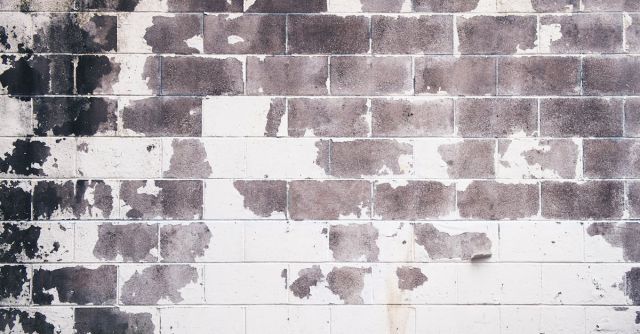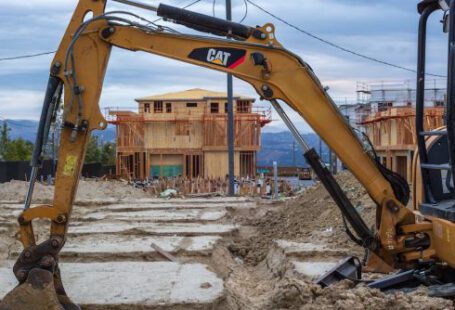The construction industry uses many tools and supplies to complete projects. Expansion joint tools are among the most important supplies used in concrete work, as they are essential for preventing cracks and ensuring structural integrity. Expansion joint tools are used to create watertight seals and joints, which help to prevent water and debris from entering the concrete. This article will discuss the types of expansion joint tools, how they are used, and the importance of using the right tools for the job.
Types of Expansion Joint Tools
Expansion joint tools come in various shapes and sizes, and they are usually made of rubber, metal, or plastic. Some of the most common types of expansion joint tools include:
- Jointer Strips – Jointer strips are thin strips of rubber or plastic that are used to create a watertight seal between two surfaces such as concrete and asphalt. They are usually installed with the help of a hand tool or power tool.
- Expansion Joint Filler – Expansion joint filler is a material that is used to fill gaps between concrete slabs or walls. It is usually made of rubber, foam, or plastic and can be applied with a trowel or roller.
- Expansion Joint Sealant – Expansion joint sealant is a material that is used to seal the joints between two concrete surfaces. It is usually made of rubber or plastic and can be applied with a caulking gun.
- Expansion Joint Spacers – Expansion joint spacers are used to create a space between two concrete surfaces. They are usually made of plastic or metal and come in various sizes and shapes.
How Expansion Joint Tools are Used
Expansion joint tools are used to help create a watertight seal between two surfaces. They are often used in concrete construction to prevent water and debris from entering the concrete and causing damage.
When installing expansion joint tools, it is important to follow the manufacturer’s instructions carefully. Jointer strips, for example, should be installed in a continuous line and should not be cut or bent in any way. Expansion joint filler should be applied in a thin layer and smoothed out with a trowel or roller. Expansion joint sealant should be applied in a thin layer and smoothed with a caulking gun. Expansion joint spacers should be installed according to the manufacturer’s instructions, and should be placed in a straight line.
Importance of Using the Right Expansion Joint Tools
Using the right expansion joint tools is essential for ensuring the structural integrity of the concrete. If the wrong type of tool is used, it can lead to cracks or other damage to the concrete. It is also important to use the right tools for the job, as using the wrong tools can also lead to damage.
Using the wrong tools can also lead to improper installation. Improper installation of expansion joint tools can result in water and debris entering the concrete, which can cause damage and weakening of the structure.
Conclusion
Expansion joint tools are essential for creating a watertight seal between two surfaces. They are used in concrete work to prevent water and debris from entering the concrete and causing damage. It is important to use the right tools for the job, as using the wrong tools can lead to improper installation and damage to the concrete. By using the correct expansion joint tools, it is possible to ensure the structural integrity of the concrete and prevent any damage or weakening of the structure.






